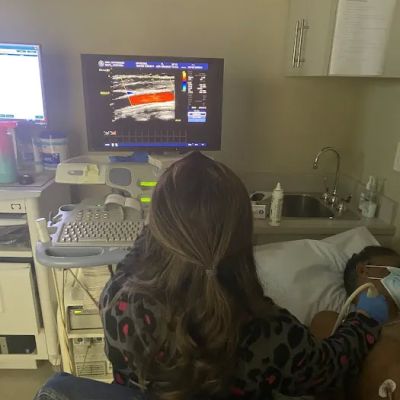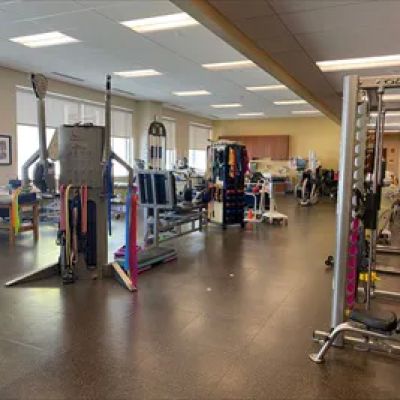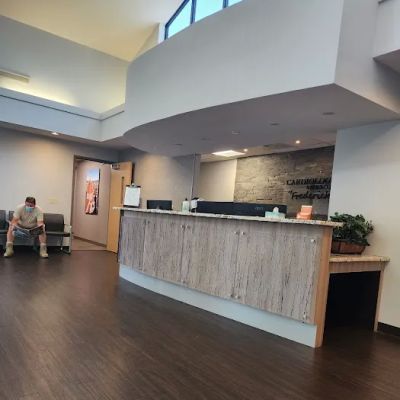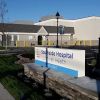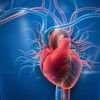Recognizing the Symptoms of a Heart Attack and How to Respond
- 1. Understanding the Symptoms of a Heart Attack
- 2. Common Signs and Symptoms of a Heart Attack
- 3. What to Do When You Suspect a Heart Attack
- 4. Real-Life Stories: When Every Second Counts
- 5. How to Prevent Heart Attacks and Promote Heart Health
1. Understanding the Symptoms of a Heart Attack
Heart attacks can be sudden and terrifying. Often, people are unsure whether they are having a heart attack or simply experiencing discomfort. It is crucial to understand the symptoms of a heart attack and how to respond effectively in order to prevent further damage to the heart and improve survival chances. The quicker you respond, the better the outcomes can be. I’ve been through a close call with a heart attack in my family, and it taught me the importance of recognizing these symptoms early on.
Heart attacks occur when blood flow to a part of the heart is blocked, causing the heart muscle to be damaged. Early detection and timely action can save lives, and knowing the warning signs could make all the difference in an emergency situation.
2. Common Signs and Symptoms of a Heart Attack
The symptoms of a heart attack can vary greatly from person to person, but some of the most common signs include:
- Chest pain or discomfort: A feeling of pressure, tightness, or squeezing in the chest is one of the hallmark signs of a heart attack. This pain may radiate to the arm, back, neck, jaw, or stomach.
- Shortness of breath: Difficulty breathing or shortness of breath can accompany a heart attack, even without chest pain.
- Cold sweat: Sudden cold sweats can be a symptom of a heart attack, along with nausea or lightheadedness.
- Dizziness or lightheadedness: Feeling faint, dizzy, or extremely tired can be a sign of a heart attack, especially if combined with other symptoms.
- Pain radiating to other areas: Sometimes, pain can travel to the left arm, back, neck, jaw, or even the stomach. It is crucial not to ignore this referred pain.
Not everyone experiences the same symptoms, and in some cases, the symptoms can be mild or easily mistaken for other conditions. Women, for instance, may experience heart attack symptoms differently than men, often presenting with more subtle signs like nausea, jaw pain, or lightheadedness rather than chest pain.
3. What to Do When You Suspect a Heart Attack
If you suspect that you or someone else may be experiencing a heart attack, it is critical to act quickly. Here’s what you should do:
- Call emergency services immediately: Do not wait to see if the symptoms go away. Call 911 or your local emergency number immediately. Time is a critical factor in minimizing heart damage.
- Chew aspirin (if not allergic): If you are not allergic to aspirin and you are not experiencing severe stomach pain, chew one aspirin. Aspirin can help thin the blood and improve blood flow to the heart.
- Stay calm and avoid unnecessary movement: If you are alone, stay calm and avoid exerting any unnecessary energy. Lying down and propping yourself up slightly may help reduce strain on the heart.
- Perform CPR if necessary: If the person becomes unresponsive and stops breathing, begin CPR. If you are unsure how to perform CPR, emergency dispatch can guide you through the process.
Prompt action is critical when responding to the symptoms of a heart attack. The quicker you can get medical attention, the higher the likelihood of a positive outcome.
4. Real-Life Stories: When Every Second Counts
Sometimes, it’s hard to understand the urgency of heart attack symptoms until you’ve seen it happen firsthand. A few years ago, a close friend of mine, Sarah, was sitting at work when she suddenly began feeling lightheaded and started experiencing sharp chest pains. At first, she brushed it off as stress, but the pain persisted and grew worse. Her colleagues urged her to go to the hospital, and she did — thank goodness. It turned out that she was having a heart attack. Because she acted quickly and sought help immediately, Sarah received the treatment she needed in time to avoid long-term heart damage.
This story is a powerful reminder that recognizing the symptoms of a heart attack and responding quickly can save lives. When Sarah shared her experience, I realized how important it is for everyone to be aware of these symptoms and take them seriously, even if they seem subtle at first.
5. How to Prevent Heart Attacks and Promote Heart Health
While it’s important to know how to respond to a heart attack, it’s equally important to focus on prevention. Many heart attacks are preventable through lifestyle changes and regular health check-ups. Here’s how you can promote heart health and reduce your risk:
- Maintain a healthy diet: Eating a balanced diet rich in fruits, vegetables, whole grains, and lean proteins can help reduce the risk of heart disease. Avoid excessive salt, sugar, and trans fats.
- Exercise regularly: Regular physical activity strengthens the heart and improves circulation. Aim for at least 30 minutes of moderate exercise most days of the week.
- Monitor your blood pressure and cholesterol: High blood pressure and cholesterol are significant risk factors for heart disease. Regularly check your numbers and take steps to keep them in a healthy range.
- Quit smoking: Smoking is a leading cause of heart disease. Quitting smoking improves heart health significantly and reduces the risk of a heart attack.
- Manage stress: Chronic stress can negatively impact heart health. Practicing relaxation techniques such as yoga, meditation, or deep breathing can help manage stress levels.
By maintaining a heart-healthy lifestyle, you can reduce your risk of having a heart attack and improve your overall well-being.
If you’re looking for trusted resources and support for maintaining heart health, I recommend exploring products and services that help monitor your heart and improve your lifestyle. Many tools and programs are available to assist you in preventing heart disease, ensuring you stay on track with your health goals.


